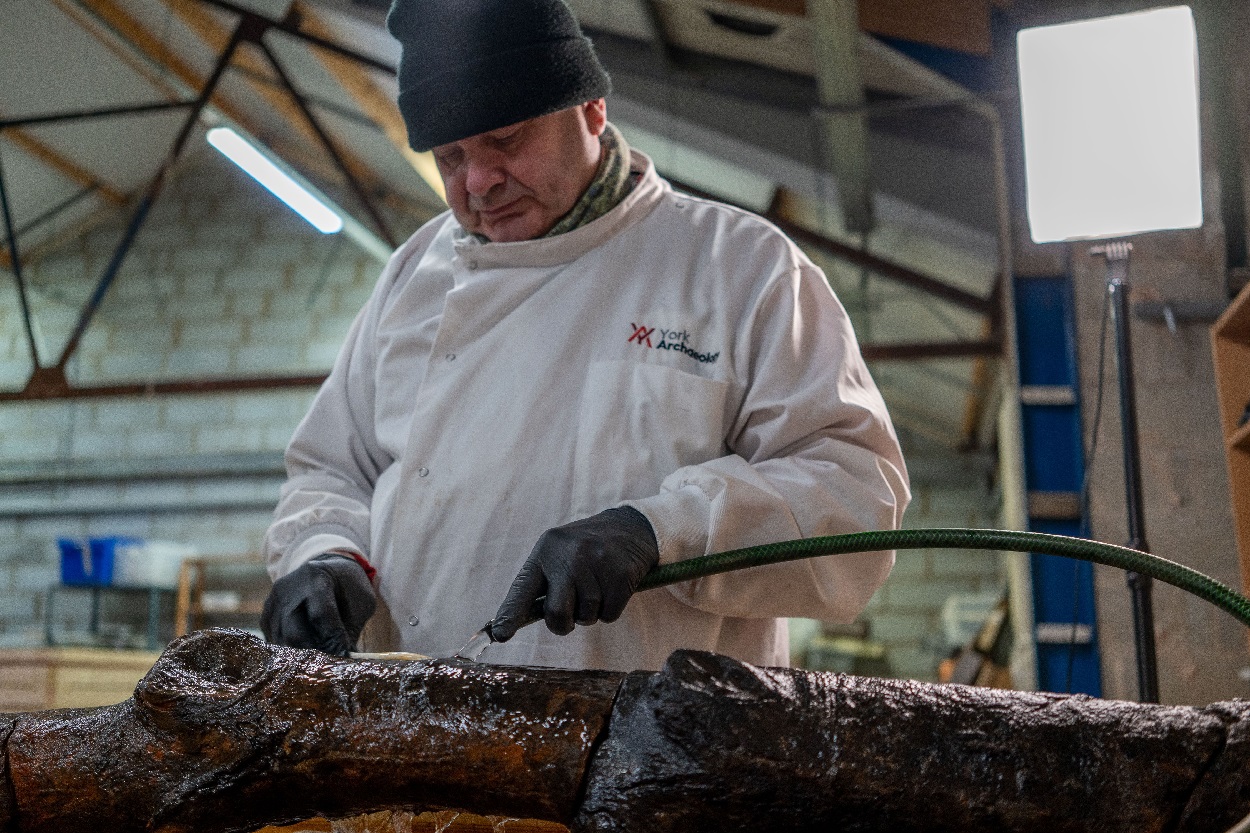Archaeologists excavating Sheffield Castle have uncovered the first surviving examples of 17th-century wooden stake defences from the English Civil War.
Sheffield Castle was first constructed as a motte and bailey following the Norman Conquest of England in 1066. The earliest recorded mention of the castle dates back to 1188 in a text by Ralph Murdac, sheriff of Derbyshire, regarding the wardship of Maud de Lovetot.
Among the many figures who stayed at the castle, the most notable was Mary, Queen of Scots, who was imprisoned there at various times between 1570 and 1584.
During the English Civil War, Parliamentarian forces besieged Sheffield and captured the castle, which was later ordered to be demolished by a motion in the House of Commons to render it unusable.
Excavations by Wessex Archaeology in the castle’s moat have unearthed wooden stakes measuring one metre in length. Archaeologists have interpreted the discovery as part of an abatis, a defensive barricade made from sharpened tree branches designed to slow attackers and expose them to defending forces.
Ashley Tuck, the archaeologist leading the dig on behalf of Wessex Archaeology, said: “So often we are told about Civil War defences like abatises being used at historic properties across the country, but usually there is little to see of these important features. To be able to hold the very wood to which the defenders of Sheffield Castle trusted their lives is extraordinary.”
“Records show that the castle finally succumbed to Parliamentarian forces after a 10-day siege in August 1644. We know that these timbers and the abatis they formed were ultimately unsuccessful in protecting the castle from being destroyed, but they paint a picture of the brutalities of the war and add to our understanding of this turbulent period in Sheffield’s past,” added Tuck.
Header Image Credit : Emma Bakel
Sources : Wessex Archaeology





